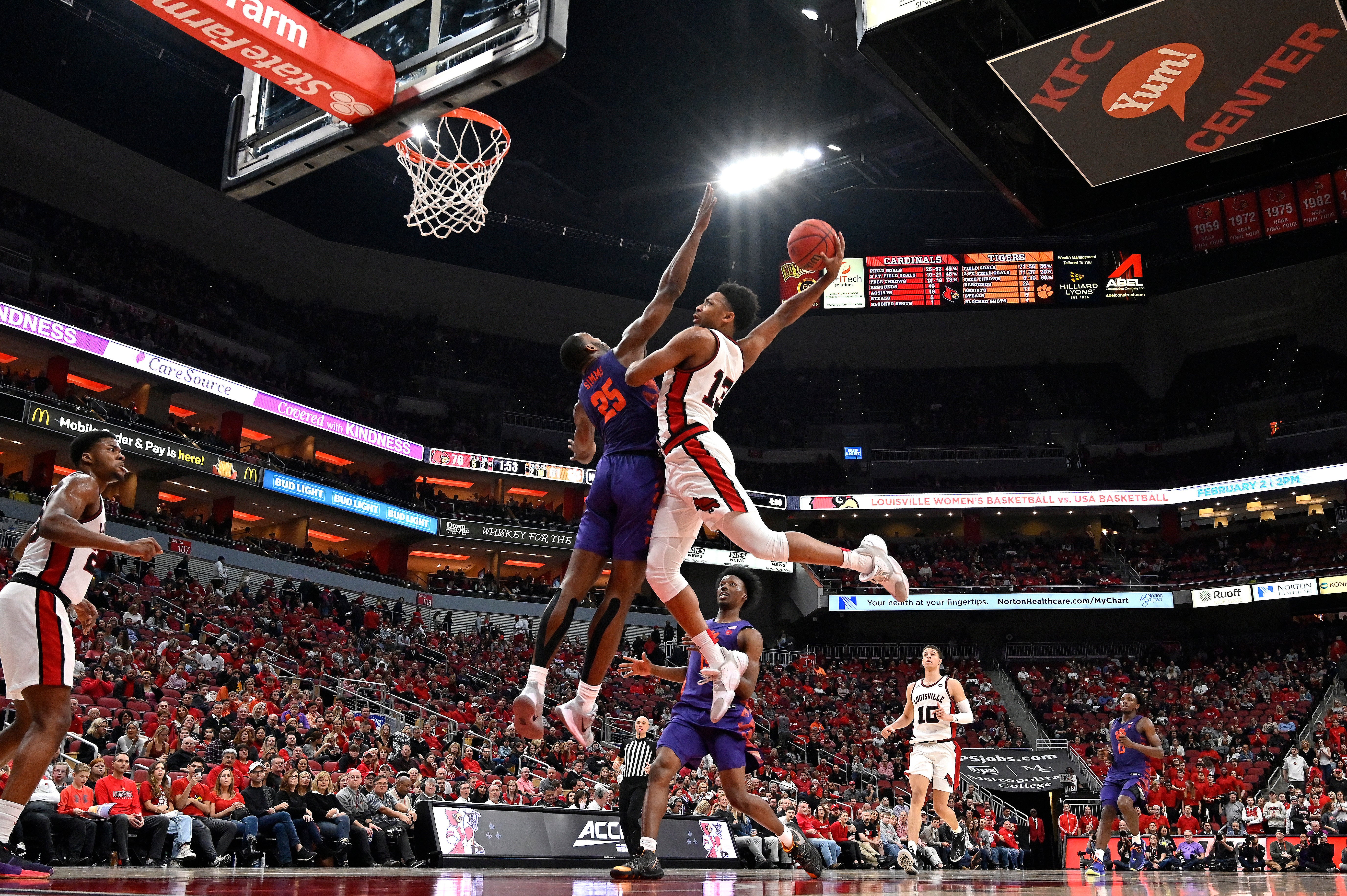The Independent's journalism is supported by our readers. When you purchase through links on our site, we may earn commission.
Student athletes can now profit off their image. That’s not necessarily a good thing
The problem is that universities could never have become a multi-billion-dollar industry in the first place


America’s newest professional athletes are students. Yesterday, the NCAA Division I Council finally decided to allow student athletes to profit off their image, with Divisions II and III expected to follow suit. This came after a years-long battle between student athletes and the universities which make millions off their labor and likenesses. “NCAA’s business model would be flatly illegal in almost any other industry in America,” Justice Brett Kavanaugh wrote earlier this month in a concurring opinion in a separate antitrust case against the NCAA.
He’s right. And I’m glad the student athletes are finally getting their fair share of the profits. It was manifestly unjust that universities were using the labor and skills of these young people to make billions of dollars while paying them relatively little.
I can’t help but feel this is a hollow victory, though. Because the truth is that universities should never should have become a multi-billion-dollar industry in the first place. As someone who had a front-row seat to the corporatization of higher education in America, I fear today’s decision is yet one more step toward turning universities from academies of higher learning into a four-year, for-profit vacation before adulthood.
I attended Western Kentucky University in the mid-00s, and they truly were the best years of my life. I love my alma mater with a passion few of my friends have. In adulthood, my professors have become my friends, and the Hill — as our campus is colloquially known — has become my home. I have spent more on WKU merchandise over the years than some people spend on cars. I still read the school newspaper. I still cheer for our sports teams.
I make this point so you understand that I am not against having pride in your alma mater, or even college sports. I think alumni being involved in their universities is wonderful, and I think fostering a lifelong attachment to the university can be mutually beneficial to alumni and the institution. I don’t even have a problem with marketing college gear. All of this is champion.
However, I saw the dark side of this model firsthand. For most of my time at WKU, I was heavily involved in the Student Government Association. I served in many capacities, rising finally to the position of Student Body Vice President. For at least two of those years, I also sat on the faculty senate — including their executive committee — which allowed four members appointed by SGA to join their ranks.
One of the biggest debates we had while I was at WKU was whether to switch to Division I football. I was against the move, fearing too much money would be poured into athletics and not enough into academics. The administration at the time argued the move would bring more money into the university, enabling it to better fund academics. This is the argument for college sports as an industry, but it doesn’t seem to bear out.
The one thing I quickly learned through SGA and the faculty senate is that universities are a business. Whether you or I or the faculty thinks they should be is irrelevant. That is how administrators, from university presidents to provosts to deans of students to bursars, have been running them. It is how many lawmakers see them. It is increasingly what students expect.
This road to the University of Hell was paved with good intentions. In the 1990s, the Clinton administration drove efforts to get more students into college. In 1992, “just 62 percent of high school graduates — and only 44 percent of low-income high school graduates — went to college,” according to an archived Clinton White House website. President Clinton wanted more students, especially low-income students, to go to college, believing this would increase their future earnings. “In 1999,” the Clinton White House bragged, “59 percent of students benefited from federal student grants and loans.”
With more students attending — buoyed somewhat by an increase in federal grants, but mostly federal student loans — universities began expanding, and so did the price of tuition. Between 1987 and 2018, the cost of an average college education rose by 213 percent. Meanwhile, young people have been burdened with astronomical debt they’ll struggle to ever pay down. “Around 43.2 million Americans owe an average of $39,351 each in student loan debt,” The Guardian reported last month. While the pandemic has exacerbated unemployment, the truth is the market has long been saturated with degree-holding jobseekers, a situation that depreciates wages for those of us with a college education.
Paying this astronomically high price, it is perhaps understandable that students demand more. Over the past several decades, American universities have gone from places of higher education to a booming multi-billion-dollar industry marketing a lifestyle. Luxury residence halls with lazy rivers, hot tubs, and daily housekeeping are springing up at state universities across the country. My own alma mater has a Denny’s, a Steak ‘n Shake, a Panda Express, a Starbucks, and more all within a convenient walk for students. You can even get a massage.
None of this is free. Students pay for this not through tuition, but through student fees. Some of these fees — such as for student publications, which fund school newspapers, or for access to the school gym (even if you never use it) — benefit a wide range of students. Spreading the costs makes these programs affordable.
But with rising food and housing costs at universities, it is hard to justify ever more expensive dining halls and luxury dorms. At the same time, administrative bloat is redirecting funds from the classroom and into budgets of administrators from the university president on down to what would be dubbed middle-management in the private sector, creating an industry of non-academic university professionals commanding anywhere from lower-middle class to seven-figure salaries.
Meanwhile, class sizes grow as faculty numbers shrink, the result of relatively low pay for faculty. Programs in the humanities have been cut at an alarming rate to make room for more popular majors. Conservative politicians have increasingly called for state universities to decrease or end funding degrees in the arts and letters, degrees that include my own major of history and minor of women’s studies, while some — such as former Republican Governor Matt Bevin of Kentucky — have suggested those studying certain disciplines not receive public funding.
All of this threatens the very purpose of universities as places of research and study, turning them into glorified technical and business schools. It is a sad situation, one that administrators profit from, but which ultimately is a disservice to students, who are paying an astronomical price for what is quickly becoming a luxury retreat instead of an education.
I congratulate the student athletes who, through their years of organizing and persistence, are getting the money they deserve. At the same time, though, I lament the circumstances that led us here. The commodification and corporatization of education in America has been disastrous for higher education. The only real victors are those profiting at the expense of America’s students.
Join our commenting forum
Join thought-provoking conversations, follow other Independent readers and see their replies
Comments
Bookmark popover
Removed from bookmarks